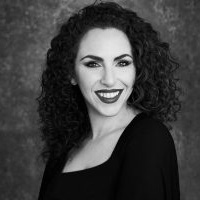When it comes to gear as a portrait photographer, lens choice is one of the most important decisions you can make. Your choice in lens is what helps you tackle technical challenges (ie: low light) or aesthetic preferences (ie: bokeh).
As a Canon Explorer of Light, I want to provide you a quick comparison of 3 Canon RF lenses and which one may be the best choice for you as a portrait or fashion photographer. I’m going to share examples of when each of these tools really stand out from the others, and hopefully I’ll help you make decisions for your next purchase or what to pack in your bag!
We are going to look at:
RF 85mm 1.2
If you love extremely narrow depths of field and beautiful bokeh, this is the lens for you.
85mm has long been a go-to focal length for portrait photographers because it is flattering on the facial features, but not so long that it requires a lot of distance to compose a nice head and shoulders shot. This lens is super sharp and with the help of Canon’s mirrorless face and eye tracking, you can realistically shoot wide open and still nail your focus.
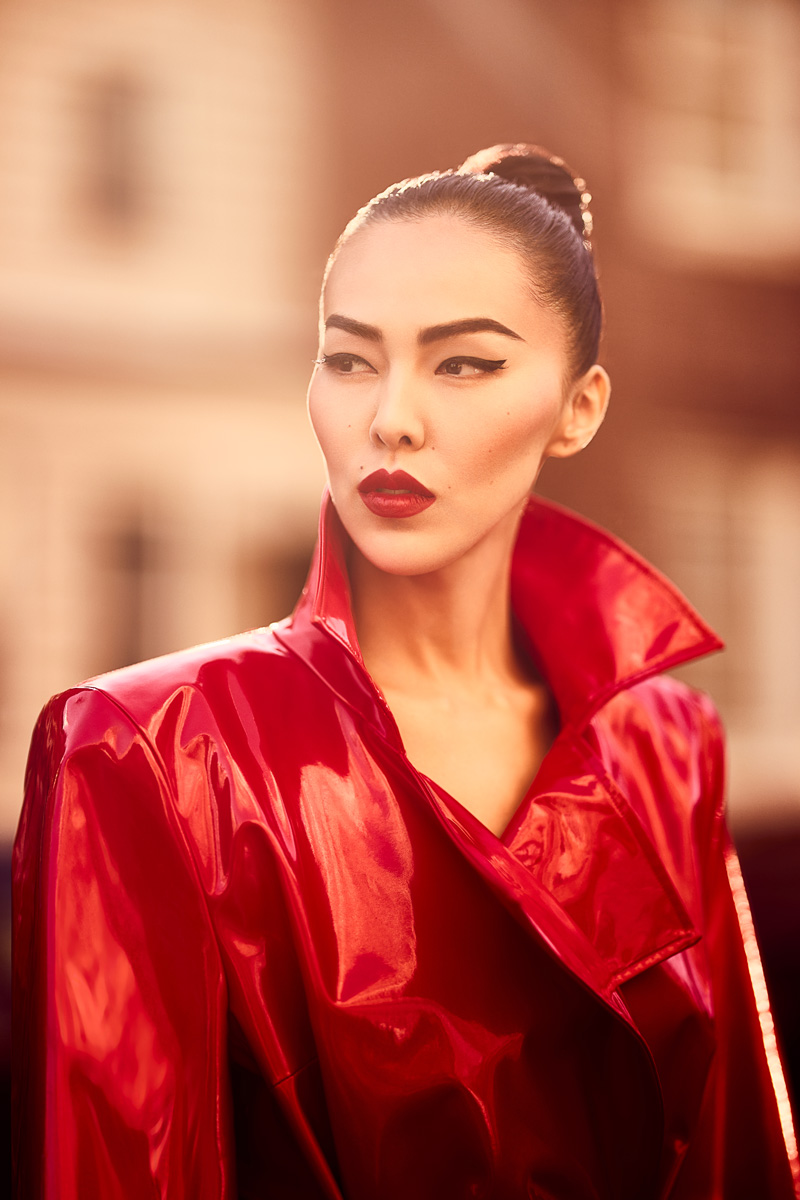
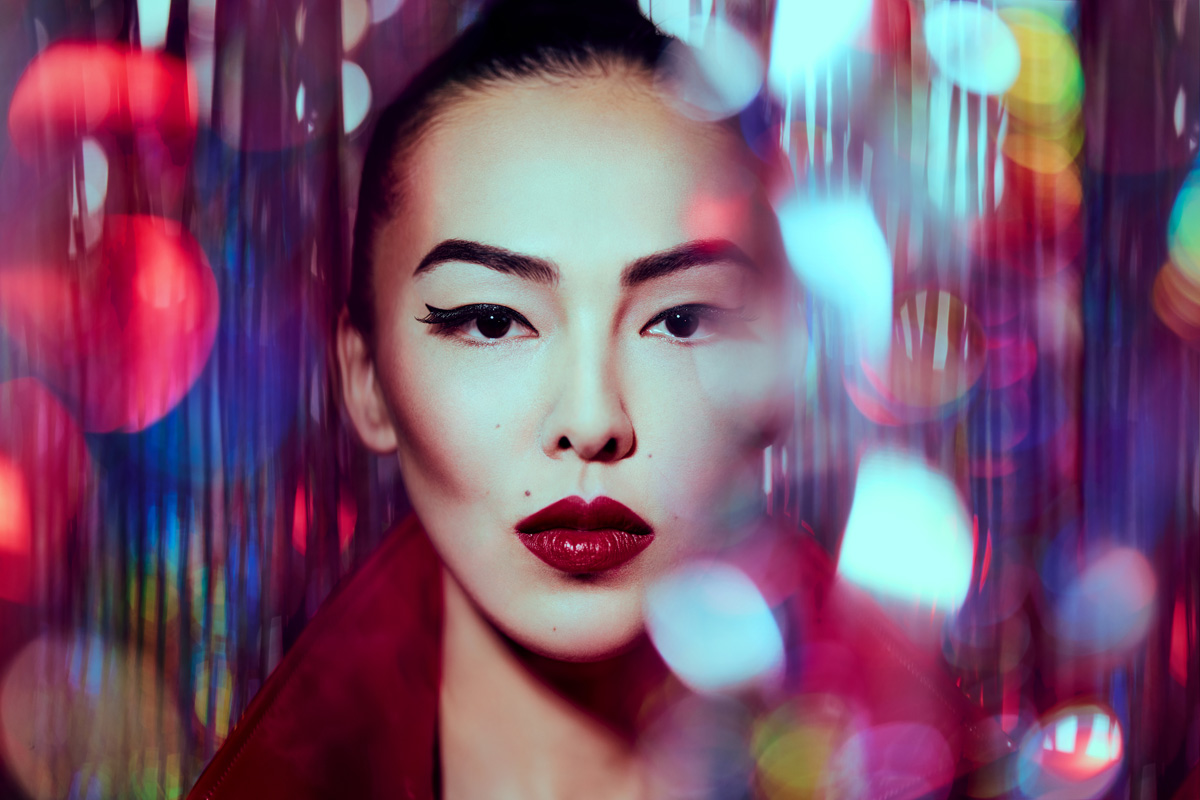
When I shoot on location, I almost always bring this lens. Shooting in an urban area it is nice to be able to simplify my backgrounds. In the studio sometimes I’ll even play around with creative bokeh, allowing the F1.2 to really shine. Furthermore, if I am shooting in a low light situation sometimes that super wide aperture is a bonus, though those are not my usual shooting conditions.
The downside of this lens, however, is its fixed focal length. If you need to easily and quickly switch to full length shots or work in a very small studio space, this lens probably isn’t going to suit your needs. If, however, you are working primarily with headshots or almost always on location, this will be a fabulous choice.
RF 24-105mm 2.8 and F4.0
A RF 24-105mm lens is my favorite choice for the type of work I do. I shoot a lot, shoot quickly, and capture a range of images from full length, to mid length, to close up shots all within a matter of moments. The 24-105mm is what sits on my camera a majority of the time I’m in the studio.
So, if you shoot like me and versatility is key, this is a must-have. Furthermore, if you are in a very tight studio space you’ll likely benefit from the wider focal length range.
Alright, so the big question is… F2.8 or 4.0… which do you need?
To begin with, the F4.0 is less than half the price of its F2.8 counterpart, so the question to ask yourself is… do I need the extra stop of light and the narrower depth of field?
For a majority of my work in the studio, I do not shoot at F2.8. I’m frequently shooting on solid seamless paper backgrounds that do not benefit from a narrow depth of field, so the F4.0 is more than enough.
If, however, you like to shoot with a narrower depth of field on location, or regularly shoot in low light like a wedding reception, you’ll probably want that extra stop. I also should note that the F2.8 is sharper than the F4.0, so if extra-super-duper sharpness is essential to you that is something to think about.
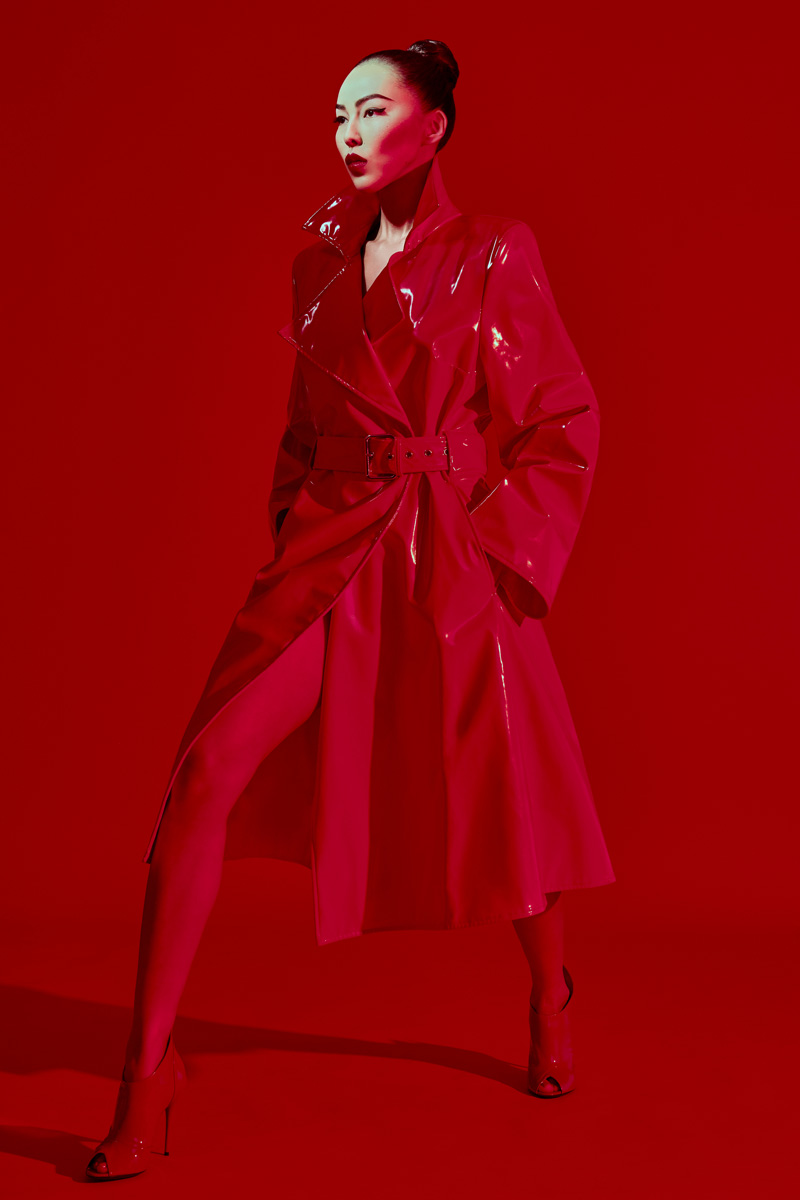
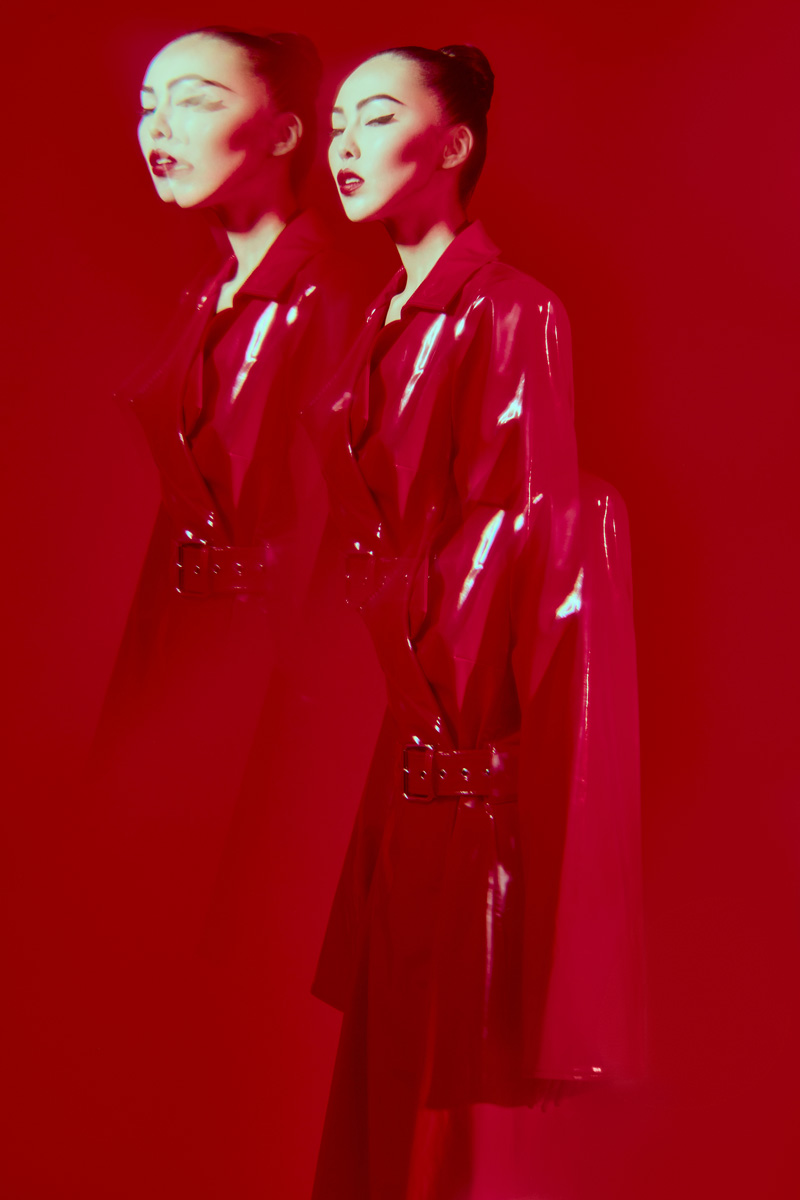
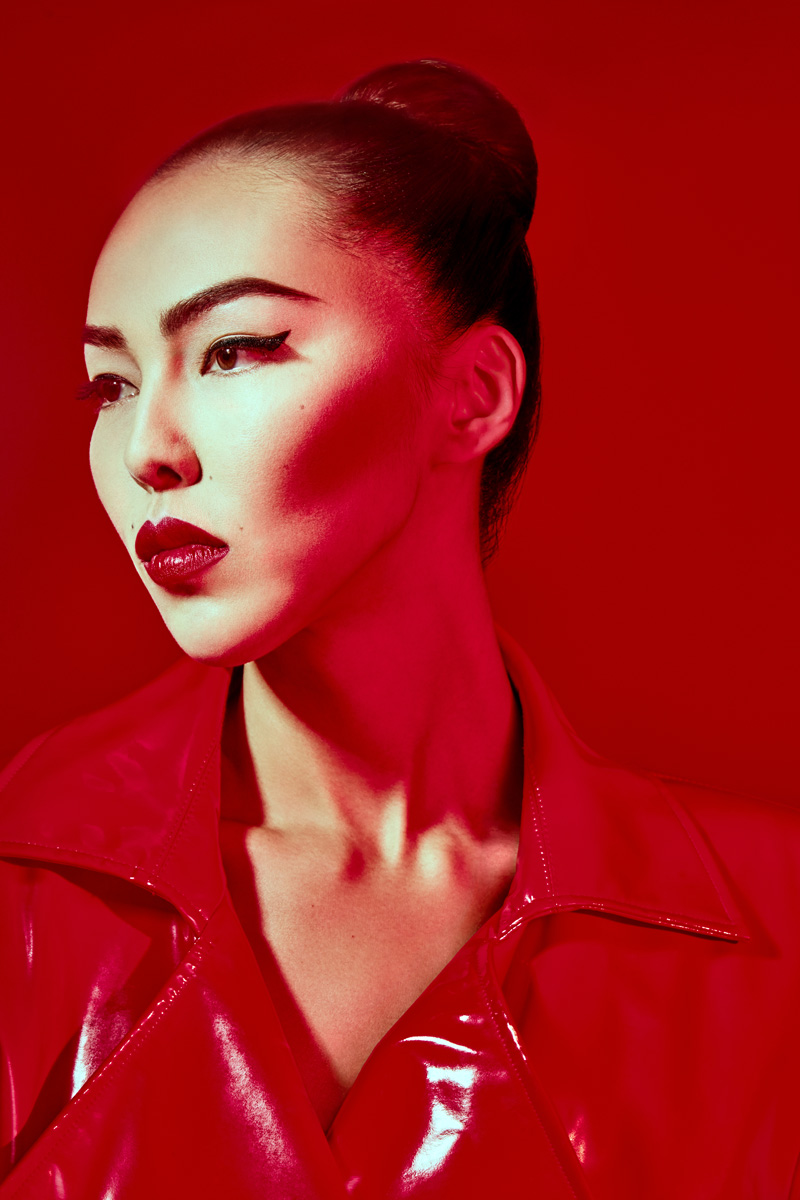
I recently picked up the F2.8 version because it lets me cut down on the amount of gear in my bag. In a single shot I used it in a natural light set wide open, in the studio, and then at night in low light, and I found that the benefits for F2.8 were worth it for me. I really didn’t need any other lens.
So what’s the downside? The price is significantly more than the F4.0 and it is definitely larger than the F4.0– so if lightweight or compact is essential for how you work, that may affect your decision.
RF 70-200mm 2.8
The 70-200mm focal length range has long been loved by portrait and wedding photographers. You can achieve extremely tight shots and if you are outdoors and you want to compress the subject against a background, that 200mm focal length really comes in handy.
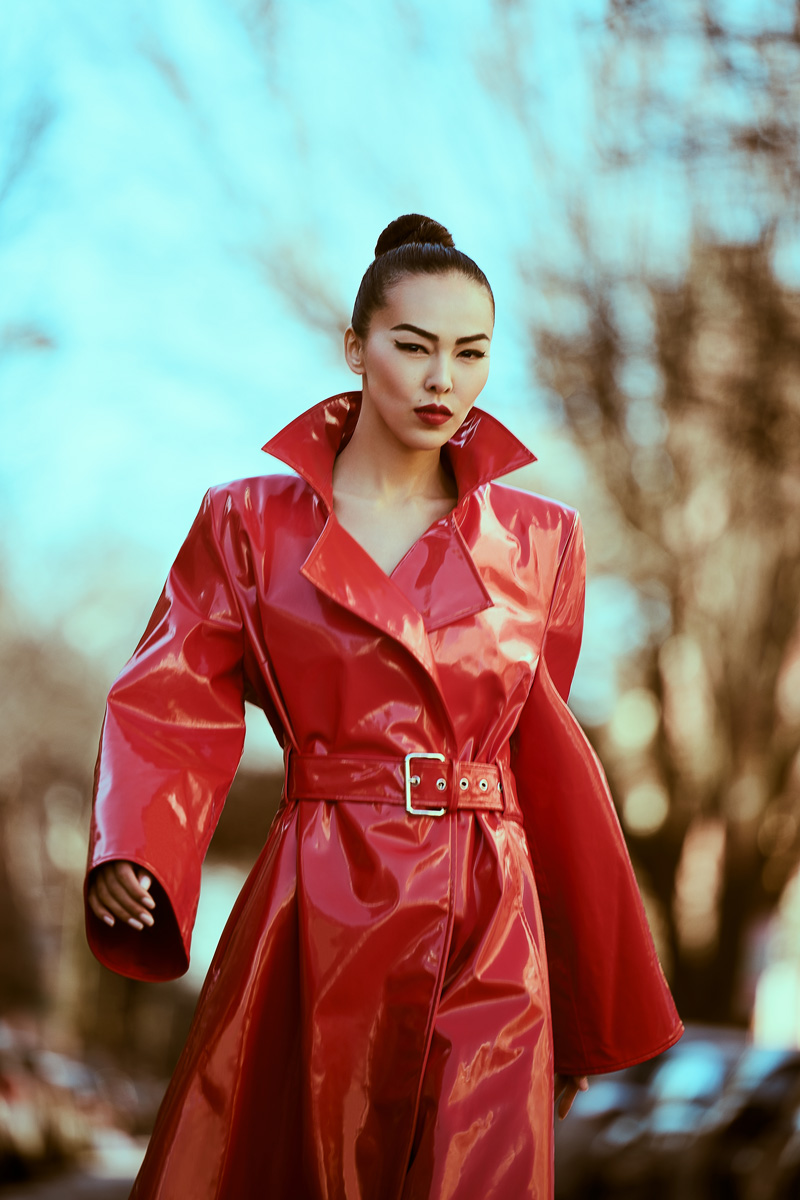
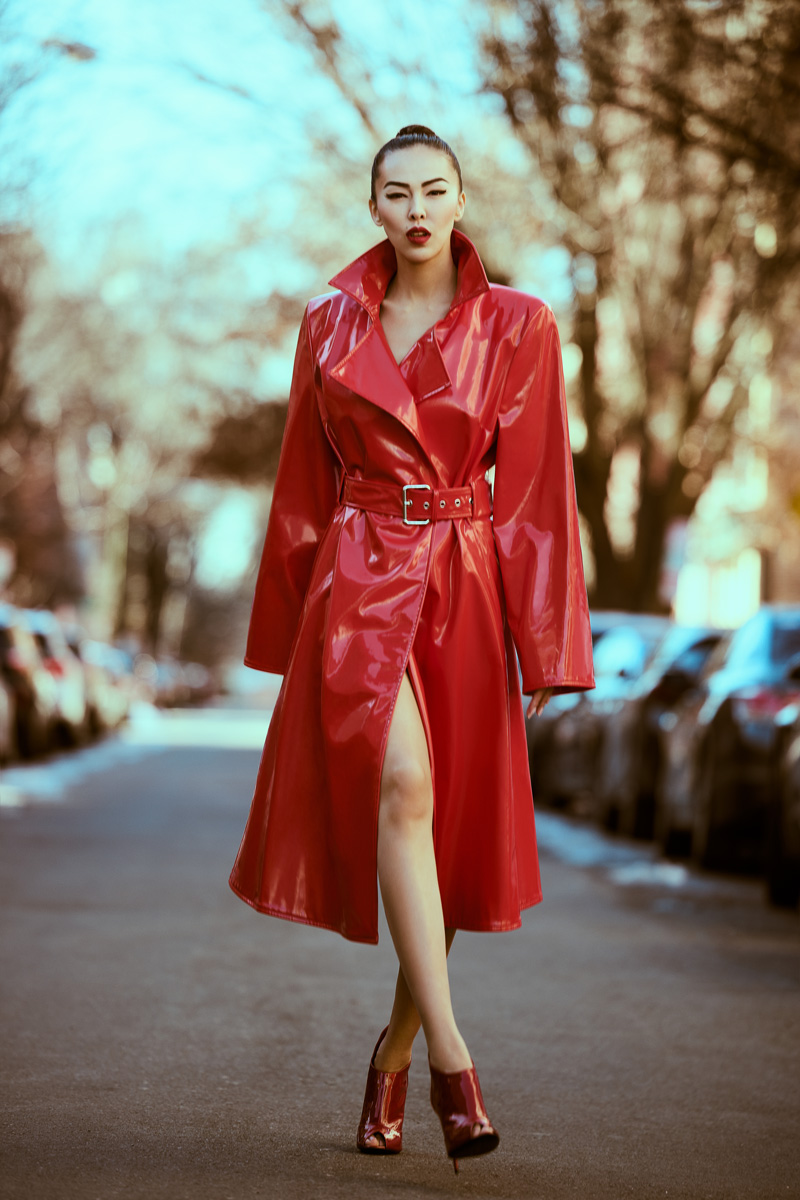
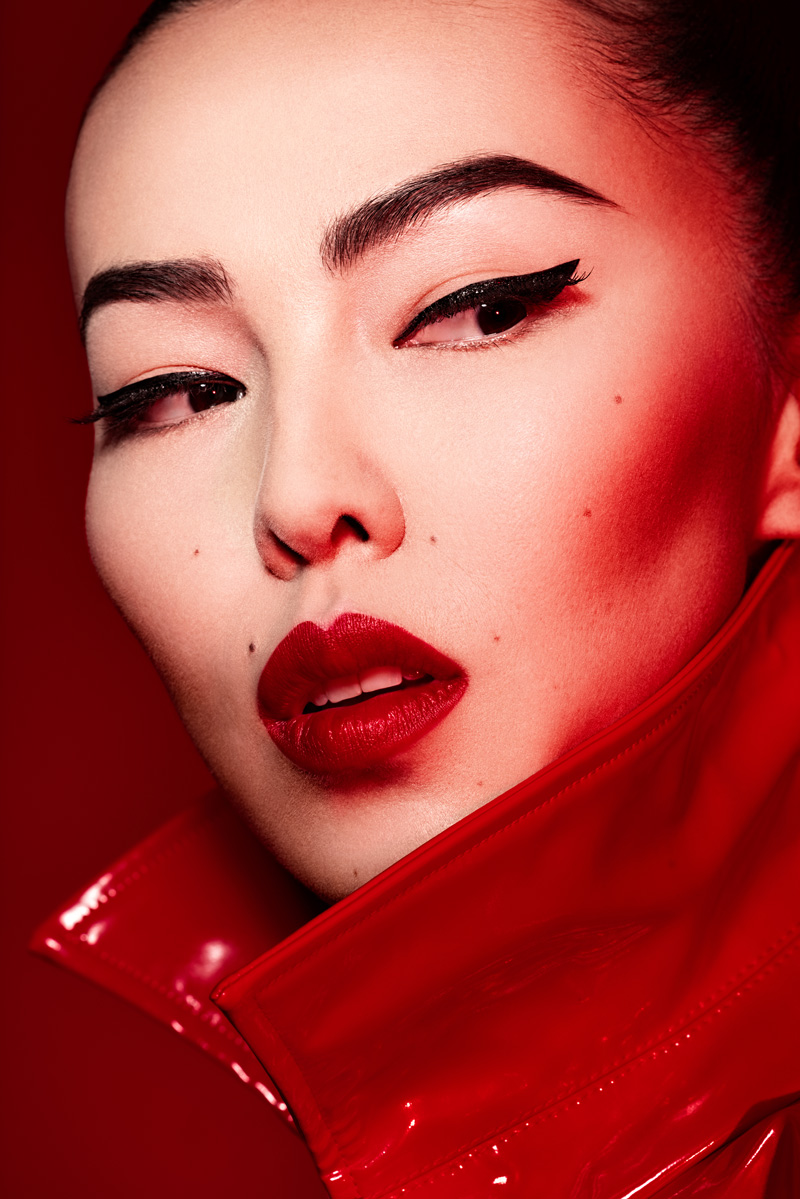
I think this lens becomes a bit more useful on location, personally because of the way it allows control of the environment and reduces the field of view while compressing the subject to the background.
In a really small studio space this focal length is not your friend if you are trying to shoot wider shots without a lot of room to move around.
I tend to only gravitate to this lens in the studio when I am trying to get really tight shots, moving in closer than head and shoulders and perhaps getting a detailed beauty image.
Bringing it all Together
What does this mean for you? First you have to ask yourself, what are your most important considerations? I’m going to oversimplify this here, but here is a quick summary.
-
Shoot on location and love narrow depth of field? Try the RF 85mm 1.2
-
Need versatility? Grab the RF 24-105mm F2.8. If that’s too much for your budget, grab the RF 24-105mm F4.0.
-
Shoot weddings or are in a large studio? Rry the RF 70-200mm F2.8.
Personally if I can only have one lens I grab the Canon RF 24-105mm F2.8 because it gives me a relatively narrow depth of field with a long enough focal length for headshot shots and a lot of versatility for the type of work I do. As with anything there is the ‘right tool for the job’, and hopefully I’ve helped you decide just what tool is right for you!





